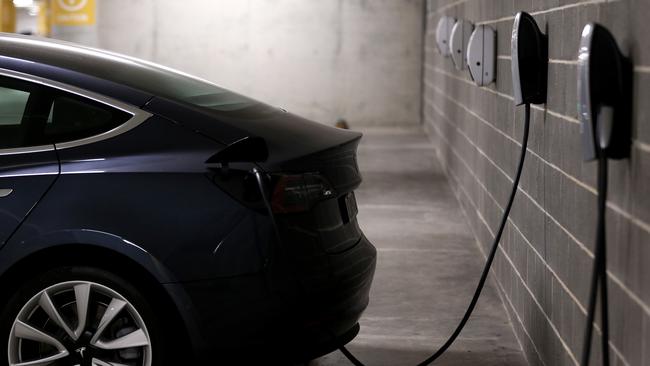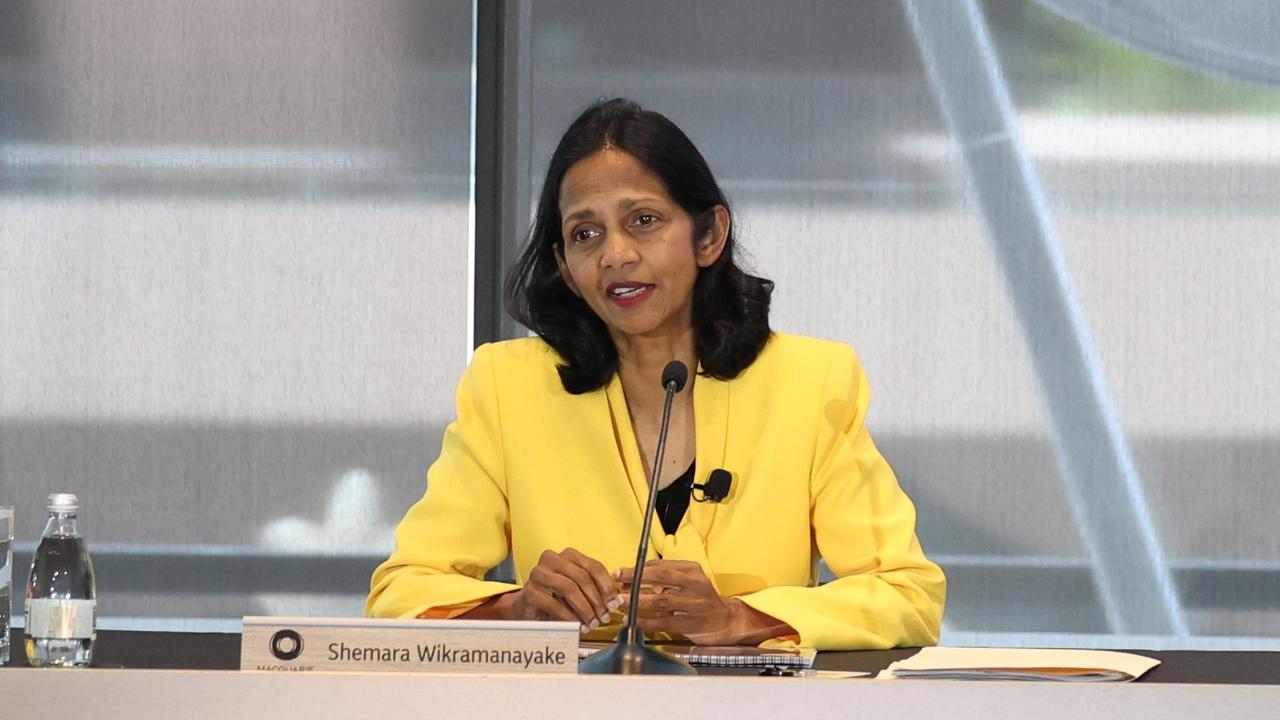Li-S Energy rockets on market debut
Lithium-sulphur battery developer debuts above $2 a share after oversubscribed IPO.

Business
Don't miss out on the headlines from Business. Followed categories will be added to My News.
Brisbane battery developer Li-S Energy has rocketed in its first day of trade, soaring more than 200 per cent and becoming the nation’s latest $1bn-plus company in one of the most spectacular stockmarket debuts of the year.
Shares in the Deakin University-backed Li-S debuted above $2 on Tuesday morning before quickly climbing to as high as $3, before closing at $2.33. Shares in the company were sold at 85c each under its initial public offer.
CEO Lee Finniear said the strong debut showed investors saw the value of the battery company and its lithium-sulphur technology.
“We are absolutely delighted. It’s a fantastic show of support from the investors and from the Australian public. It’s brilliant,” Dr Finniear said.
Li-S raised $34m through the issuance of 40 million shares, with Regal Funds Management, Ellerston Capital, Wunula Capital, EGP Capital and Fifth Estate among the institutional investors that hopped on to its register. At current levels, Li-S is capitalised at $1.5bn, putting it in the nation’s top 300 companies.
It was a profitable day on paper for two of the largest individual shareholders in the battery technology firm.
Glenn Molloy, the founder of Li-S’s largest shareholder, PPK Group, has 6.4 million shares in the company, which within minutes of hitting the ASX boards had jumped in value from $5.47m to $19.6m. PPK invests in emerging technologies including advanced fibre materials and body armour.
By the day’s close as the shares settled back to $2.33, Gold Coast-based Mr Molloy, who resigned as executive chairman of Li-S in March, was still sitting on a pile of shares worth $15m, a paper profit of almost $10m.
He is still involved in the company as its chief strategic adviser and pocketed $440,000 in consultancy fees in the float.
Brisbane-based Li-S Energy director Robin Levison, who has 2.8 million shares in the company, collected $110,000 in float consultancy fees.
His stake in the company jumped from $2.38m to a peak of $8.5m before finishing the day at $6.5m.
Li-S is working to become a leading player in the next generation of battery technology by making lithium-sulphur batteries commercially viable so they can be used as an alternative to mature lithium-ion battery technology.
The lithium-ion battery market is currently valued at $US35bn ($48bn) and is expected to double to $US71bn by 2025, driven by the adoption of electric vehicles.
With more than five times the theoretical energy density of lithium-ion, lithium-sulphur batteries are seen as the potential alternative needed for the coming step change in use, but to date they have been seen as holding a poor cycle life.
Li-S uses boron nitride nanotubes (BNNT) as a nano-insulator, introducing it into the battery chemistry to increase the cycle life, creating lithium-sulphur batteries that are stronger and longer-lasting than lithium-ion.
ASX-listed PPK, Deakin’s partner in the joint venture, is Li-S’s major shareholder with a 45 per cent holding. Deakin, meanwhile, holds 13 per cent of the company.
Li-S has exclusive rights to distribute Deakin’s patented BNNT manufacturing technology for use in lithium-sulphur batteries through supplier BNNT Technology.
Li-S will distribute the technology to the global battery industry, with the $34m raised in the IPO used to scale up its R&D and establish a pilot line to show battery manufacturers that the technology works.
“Our business model is really going to be licensing the IP by selling nanomaterials to the battery manufacturers so they can manufacture the batteries,” Dr Finniear said.
BNNT was discovered about 20 years ago by Nobel prize-winning scientist Richard Smalley, who called it “the strongest fibre that you can make out of anything, ever”.
It is 100 times stronger than steel, 300 times more bulletproof than Kevlar, heat-resistant up to 3000C and harder than diamonds.
If successful, the technology could result in mobile phone batteries lasting a week between charges and electric cars push out their range to 1000km, Dr Finniear said.
Aviation, drones and electric vehicles are the three markets Li-S will initially target.
“The batteries are so lightweight, meaning drones can fly a lot longer,” Dr Finniear said. “The new generation of electric aircraft can carry far less weight in terms of battery mass, and therefore they can have higher payloads and fly further as well.
“It really is a step change in the performance of electrified devices.”
Originally published as Li-S Energy rockets on market debut


